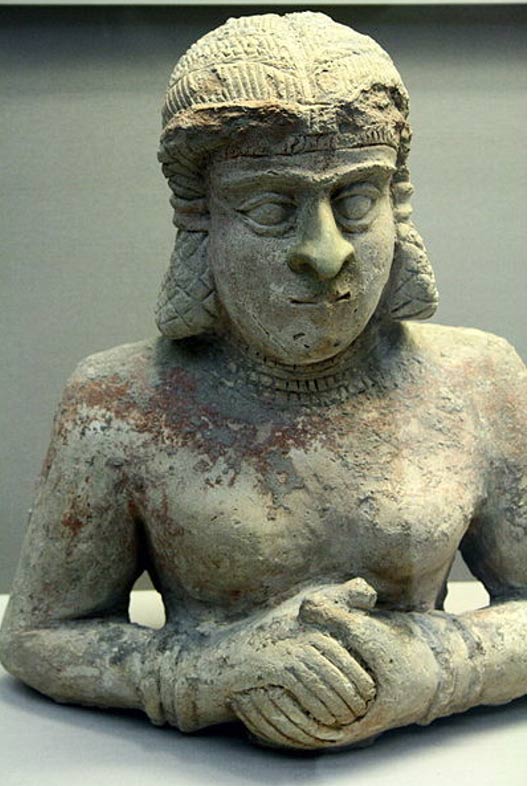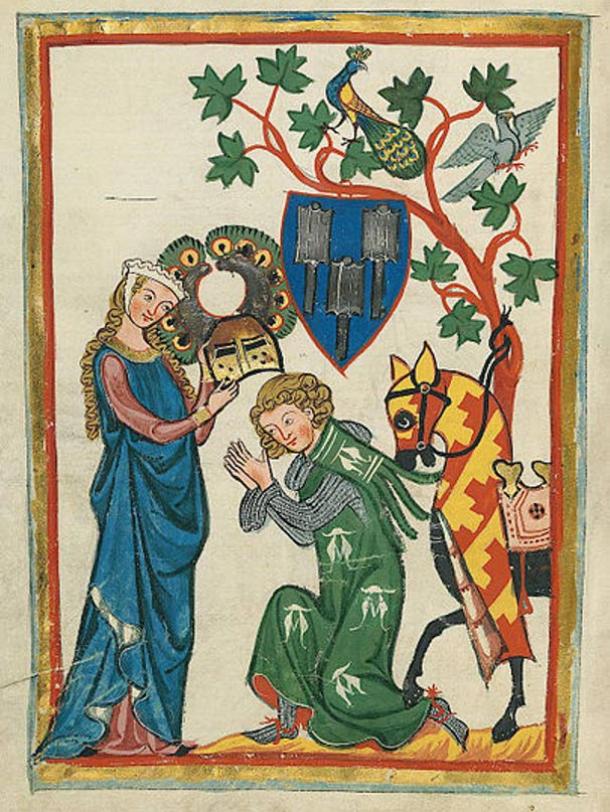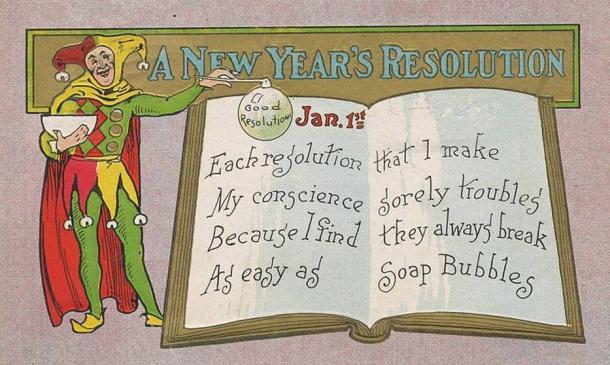
Humans Have Been Making New Year’s Resolutions for Over 4,000 Years
New Year’s resolutions are a popular practice. Countless people begin to consider them every year as December 31st rolls around. Although big plans and ambitious goals can be difficult to follow through with, the idea of making (and breaking) New Year’s resolutions has been a social phenomenon for the past 4,000 years. You can trace this practice back to the Babylonians.
Today, New Year’s resolutions are generally personal goals for self-improvement. The ancient Babylonians, on the other hand, made promises to their gods at the beginning of each year to return objects they borrowed and pay off their debts. They were more likely to keep their resolutions than most modern people are because the ancient people of Mesopotamia believed that a kept promise meant the gods would treat them well. However, a broken promise would mean angering the gods and bringing unfortunate situations into your life for the next twelve months.

Terracotta statue of a woman. Old Babylonian (2000-1700 BC), with traces of red Paint. British Museum. (CC BY SA 3.0)
New Year’s Resolutions Through History
Unlike the Western tradition of a new year starting in January, the Babylonian year began in mid-March. This made sense as that time of year is springtime; when crops are planted, and the world is refreshed and renewed.
- Sacred Calendars and New Years: Cycles of Time and Ages
- The Origin of Lunar New Year and the Legend of Nian
- New Year’s Traditions around the World and Their Origins
Ancient Romans kept with the tradition of making yearly resolutions. Their god of choice for this act was the two-faced Janus, the deity linked to beginnings and endings. Janus was believed to be capable of simultaneously looking back toward the old year and forward into the new one.

Janus, the Roman god. (1550) (Public Domain)
By the medieval era, knights were taking the “peacock vow” (les voeux du paon) at the end of the year. This oath was a promise to keep with their chivalric ways in the coming year. It was also around this time that Christians were reflecting on the mistakes of the past year and resolving to avoid repetition of their errors. Watchnight services have been the space for many Christians to complete this task and pray for the upcoming year.

Medieval knights took the peacock vow as a sort of “New Year’s resolution” for chivalry. (Public Domain)
Judaism has a similar idea with a practice which runs from the New Year, Rosh Hashanah, through the High Holidays and up until Yom Kippur (the Day of Atonement). Jewish people use this time to reflect on their mistakes in the past year and offer and seek out forgiveness for any wrongdoings.
As you can see, the general idea of a New Year’s resolution, regardless of one’s religious beliefs, is to reflect on the past and aim for self-improvement. The major difference is that people making resolutions in a non-religious context tend to make their promises to themselves, not a deity. The lack of a “higher power”, which could act cruelly if the resolution is not kept, may be part of the reason why New Year’s resolutions fall through for many people today. Most people believe they are not being held accountable to anyone but themselves if their resolution fails – so the risks of punishment for failure are often seen as lower.
- Did Ancient People Really Have Lifespans Longer Than 200 Years?
- Changing Times: How Cultures Old and New Perceive the Perplexing Concept of Time
- Sumerians Looked to the Heavens as They Invented the System of Time… And We Still Use it Today

New Year's Day postcard mailed in 1909. Modern New Year’s resolutions are generally seen as difficult to keep! (Public Domain)
A 2007 study conducted at the University of Bristol showed 88% of the people who set New Year resolutions failed. The resolutions fell through even though 52% of the study's 3000 participants strongly believed they could complete their goals.
Researchers provide some helpful tricks to improve the odds: men are 22% more likely to achieve their resolution if they engage in goal setting. Women will be 10% more likely to succeed in their New Year’s resolutions if they tell others of their goals and seek support from helpful people in their lives.
Top Image: ‘A Dance to the Music of Time’ (1634-1635) by Nicolas Poussin. Source: Public Domain
By Joanna Gillan















